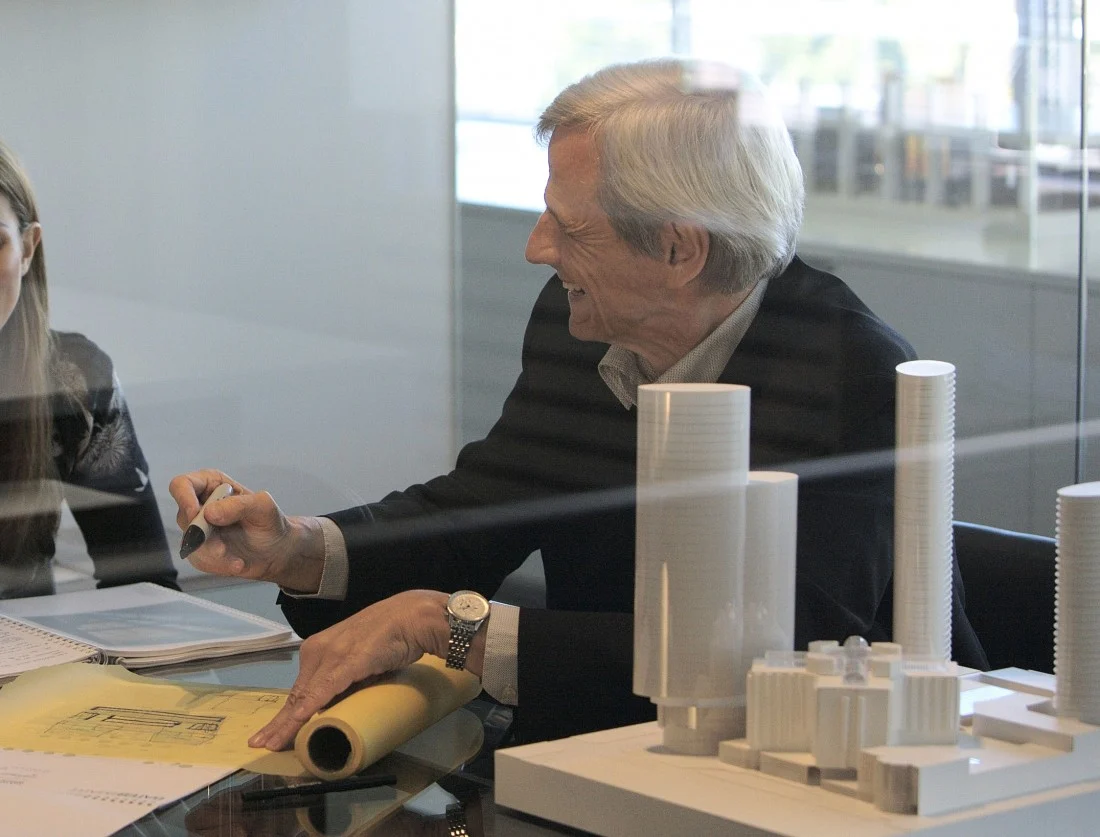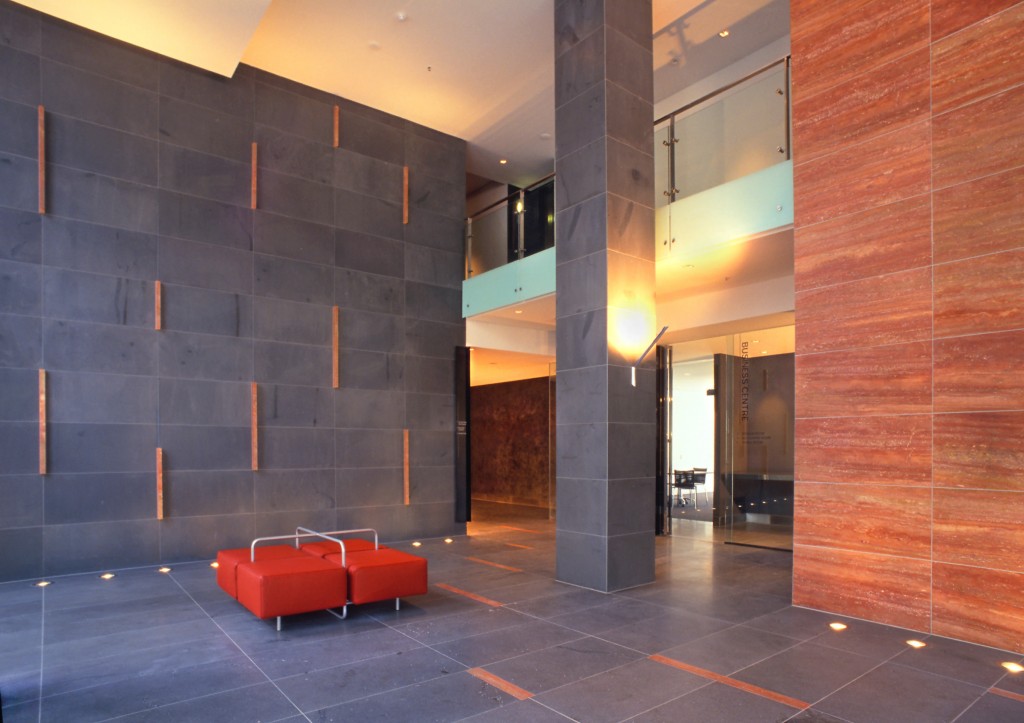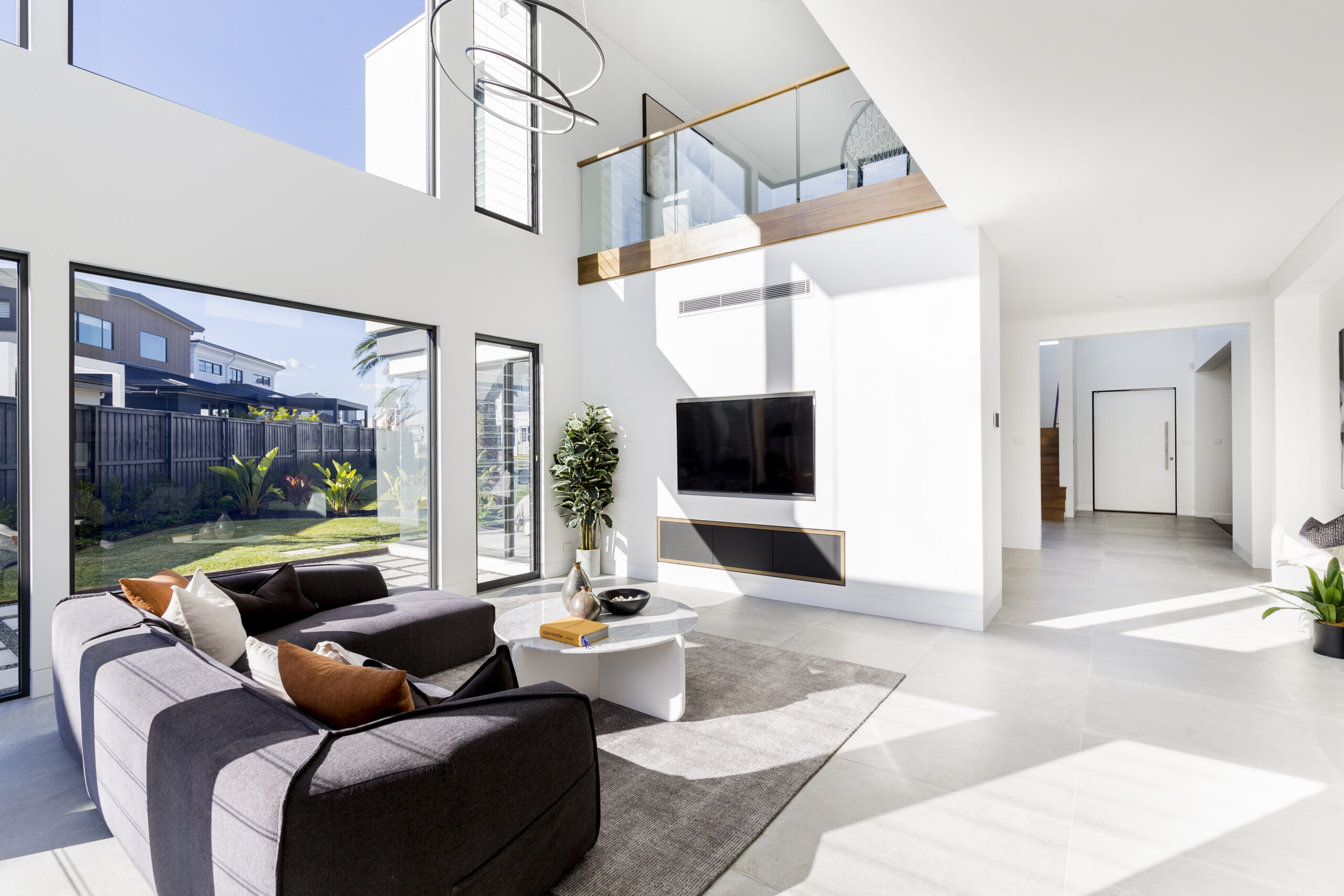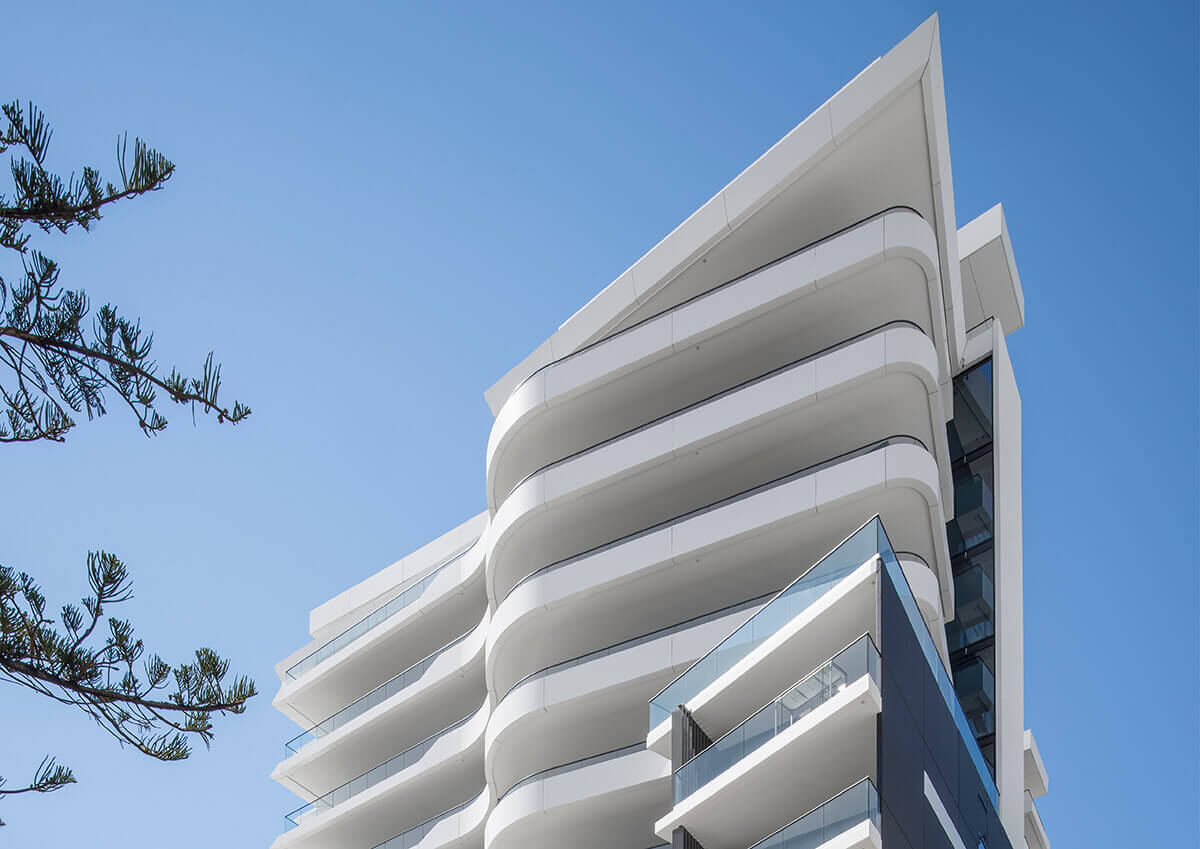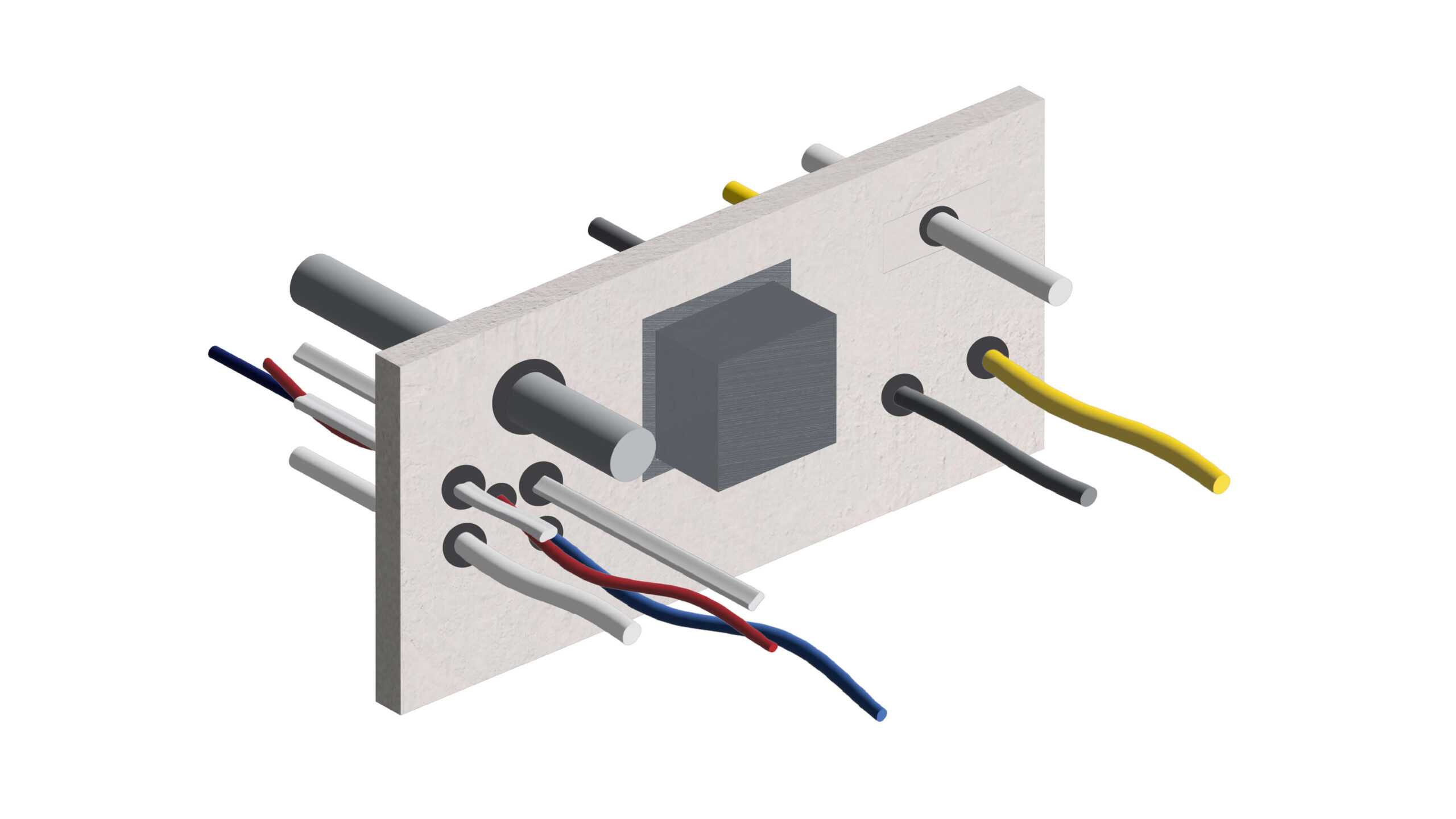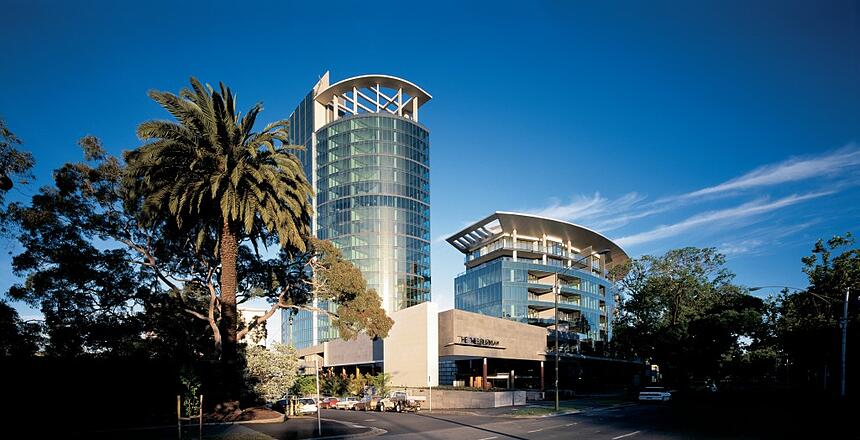
Roger Poole discusses long-term quality and The Melburnian
Quality is the keynote of The Melburnian, the apartment complex which has graced its premium St Kilda Road site in Melbourne’s Southbank precinct for more than a decade.
“It’s a wonderful location with spectacular, unimpeded views,” said Roger Poole, Chairman of Bates Smart Architects, the firm which worked in association with Mirvac Design on the Melburnian project after winning a design competition for the site.
Comprising twenty three floors, The Melburnian was designed and built with a specific target market in mind. This market included home owners in prestigious suburbs who were ready to downsize to apartments in a similar locality as well as people who were already apartment dwellers and wanted to upgrade the quality of residence in which they were currently living.
Why Hebel stands the test of time
“We set out to create a very high quality building both in terms of design and also in terms of the materials that were used,” said Roger. “These needed to be high quality materials that would age well. As well as contributing to the overall excellence of a building, such choices have the advantage of helping to control body corporate costs. People know that if they buy a quality product now, they won’t have to pay later to keep it constantly maintained and refreshed.”
Mirvac’s choice of Hebel internal wall systems for The Melburnian was a natural follow-on from this line of thinking.
“For example, Mirvac Design would have sought a higher level of acoustic separation and they might well have been looking for a sense of solidity in walls between the apartments,” explained Roger.
With a reputation already well established in Europe at the time, the Hebel internal wall systems were recognised as being more than able to deliver in this and all other design requirements for high rise residential apartment buildings like The Melburnian.
Image: John Gollings
Both strong and lightweight, Hebel is made from steel-reinforced, autoclaved aerated concrete. Available in standard or customised panels, it is quick and easy to install, durable, sustainable and has excellent fire and acoustic ratings.
A Hebel wall system, in other words, is good news for all concerned: from the architects and builders whose aim is to design and construct a quality building that complies with all regulations, to the apartment dwellers who want to live in safe and comfortable surroundings.
Quality within the walls
Roger Poole confirmed that there is a strong awareness by professional builders, architects and the owners and occupiers of high rise apartment buildings of the importance of having quality wall systems within those buildings.
“People like to live in the type of village atmosphere that is a feature of The Melburnian, but they don’t want everyone in the village to hear what they have to say in their own apartments,” he said. “Within those apartments they also want to minimise the impact of other noises that can cause problems in some high rise buildings. Of course various other factors come into account, such as the separation of plumbing and air conditioning ducts. However, wall systems which have a better sound transmission and sound-isolation capability than some other wall systems will have a significant advantage.”
In addition to its high standard acoustic properties, other benefits of a Hebel wall system for inter-tenancy, corridor and shaft walls in high rise apartments include its excellent fire performance rating, with its non-combustible quality ensuring extra peace of mind for residents. While lightweight, it has the feel of solid masonry and, compared with other systems such as plasterboard, offers extra strength and security between rooms. It also ticks the sustainability box, with low wastage and an overall thirty percent lower impact on the environment than materials such as brick and concrete.
Image: Martin Saunders
Overall, the story of The Melburnian is a decisive confirmation of why Hebel matters in relation to the design, construction, purchase, occupancy and sustainability values of high rise apartments.
“The resales have been outstanding, and that certainly indicates a lot about the quality of design and construction, as well as the effect of an outstanding location,” said Roger.
“When resales are strong – not merely good, but strong – that is a very good indication of long-term value, and this has certainly been evident in regard to The Melburnian.”
He sees this as an affirmation of the quality of the building overall and of the corresponding excellence of the materials used in its construction, including the Hebel wall systems.
“If the location is good, what you then want is a building that fulfils the promise of that location, something that is interesting in design but won’t date and will continue to be seen as innovative and interesting for quite a period of time,” he said.
“The distinction I would make between innovation and novelty is this: novelty is something you’ve never seen before and in five years’ time could be something you never want to see again, whereas innovation is something that truly advances the art of design and is a lasting achievement for all concerned.
“It’s about fitting in with the environment, enhancing that environment and making people feel better about themselves as a result of having lived within the building. This is what informs all our work and it’s within that context that materials such as the wall systems were selected for The Melburnian.”
Subscribe to Hebel Matters.
To stay up to date with the latest Hebel news, articles and feature projects, enter your email to sign up to our monthly e-newsletter.
Subscribe